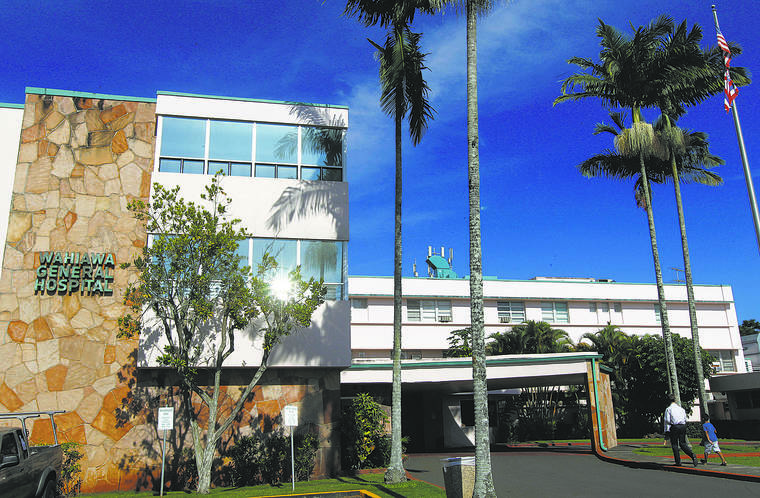The populations of Central and West Oahu continue to grow at a pace that runs ahead of critical facilities needed to serve the new communities. In addition to the roads, water and other basic connections to other parts of the island, the issue of access to health care services — emergency services in particular — has become top of mind for government planners.
Koa Ridge, already in development with homes coming online between Waipio and Mililani, has been seen as a means of filling a gap in hospital services that was anticipated with a closure of Wahiawa General Hospital.
The landscape has changed, but the imperative for better care remains. And a clearer picture of what Koa Ridge will provide is needed urgently.
Wahiawa General is no longer expected to close altogether — two years ago the state Department of Health issued a contract with the hospital for mental health and substance abuse services that was part of its new lease on life. All the same, it has phased out its surgical services, while there remains a need for additional medical capacity to serve a large and growing region.
The original master plan — a replacement hospital on 28 acres at the Koa Ridge development by Castle &Cooke Hawaii — has been amended in the years since the project first won a needed redesignation from the state Land Use Commission.
But a new hospital at the 576-acre community, one that provides emergency services along with a range of care, is still in the works. That’s the word from Wahiawa General, which has joined in the new venture with The Queen’s Health Systems and other partners.
Duke Aiona, the former lieutenant governor who now serves as attorney for the partners, said that although the site for the hospital has shrunk to 16.5 acres, it would offer full services — traditional treatments as well as alternative, “holistic” approaches.
This sounds fine, superficially. But the time for superficialities is running out. Queen’s will build and operate the facilities, but what exactly are they? A detailed plan is overdue.
Consider how thinly the expansive region has been covered. North Shore residents rely on tiny Kahuku Medical Center and have had a 23-mile drive to Wahiawa General for anything it could not provide. From Wahiawa, it’s 12-13 miles farther to drive to either Pali Momi or Queen’s-West Oahu medical centers.
The location at Koa Ridge will be essential, taking some of the load off Wahiawa General, which will enable a bump up in capacity throughout the region.
Aiona said in a telephone interview with the Honolulu Star-Advertiser editorial staff that the reduced footprint of the new facility does not mean its function will be sacrificed. “We can go vertical,” he said, with equivalent services delivered from a multi-level site.
That may be so, but the fact remains that the population density at Koa Ridge, already planned for 3,500 homes, is increasing as a result. The 11.5 acres no longer pegged for the hospital is being planned by Castle &Cooke for a senior rental housing project and entry-level single-family homes.
The added revenue for the developer, if anything, should amplify its responsibility to provide a community benefit.
This responsibility may not be a legal obligation. At a 2012 hearing before the Land Use Commission, executives did not guarantee the hospital but set its prospects at “a high confidence level.”
Developers often present projects in the rosiest light to boost their attractiveness. The state gave up good agricultural land to allow for this one, amid much controversy. Legalities aside, added hospital service is what the public needs, and deserves, in exchange.

